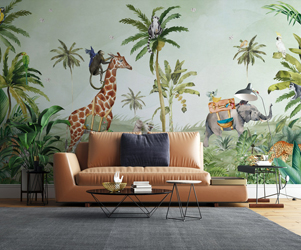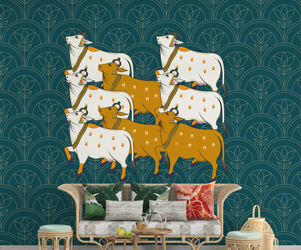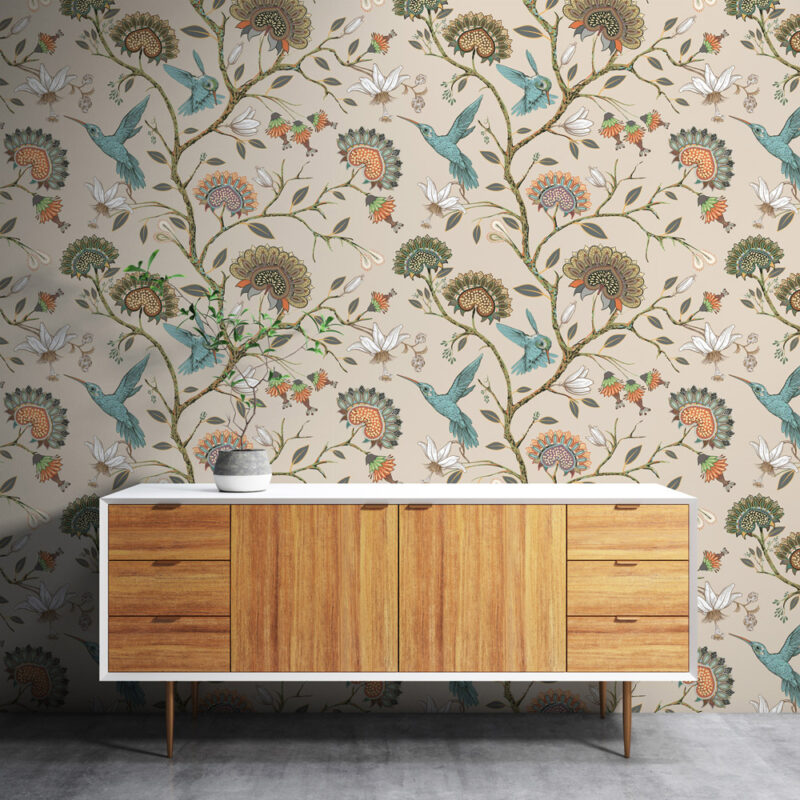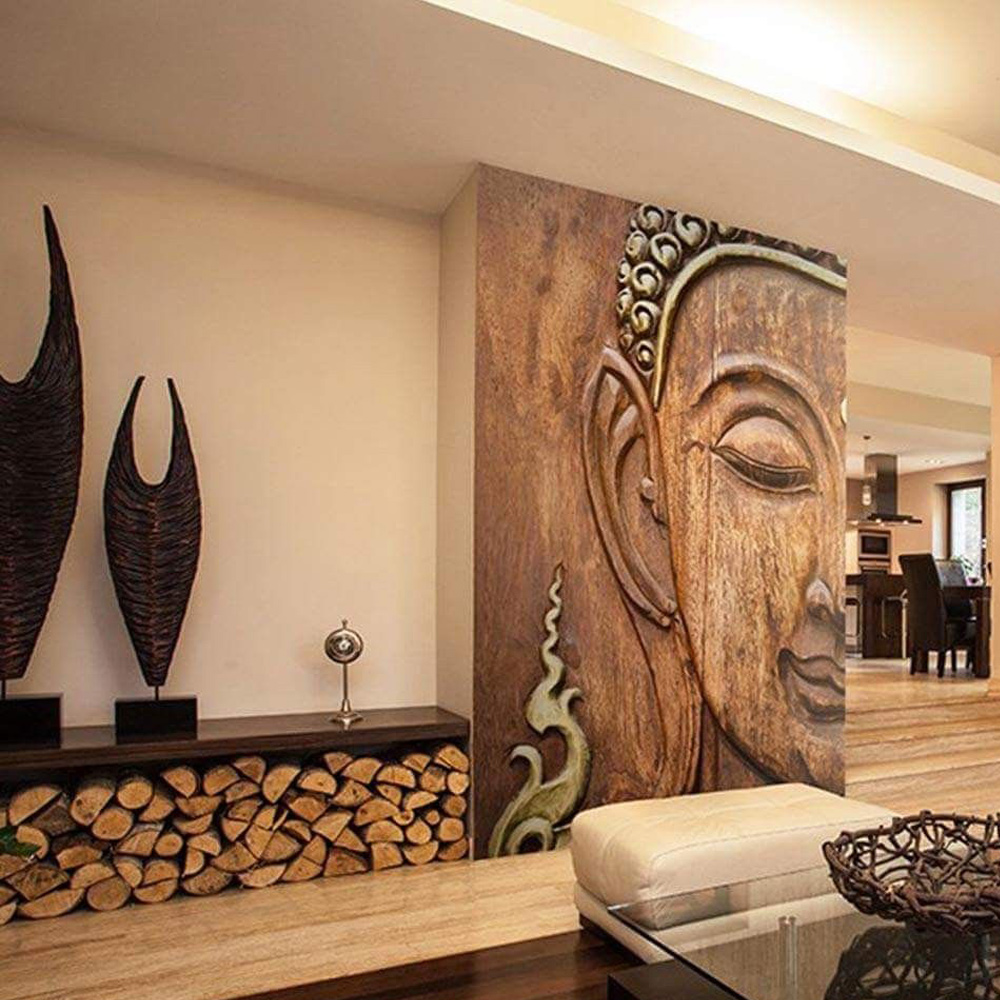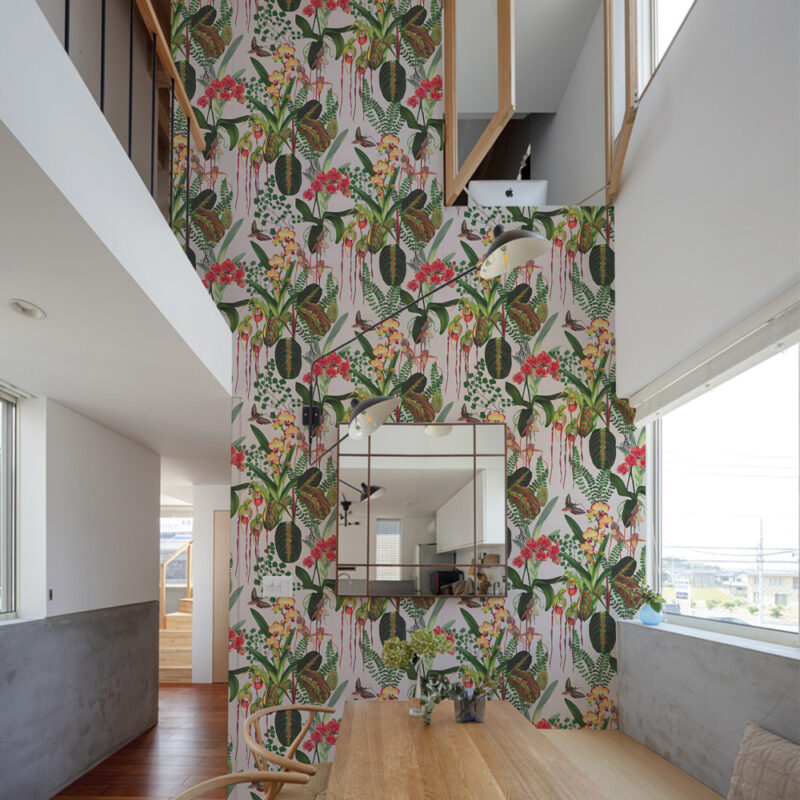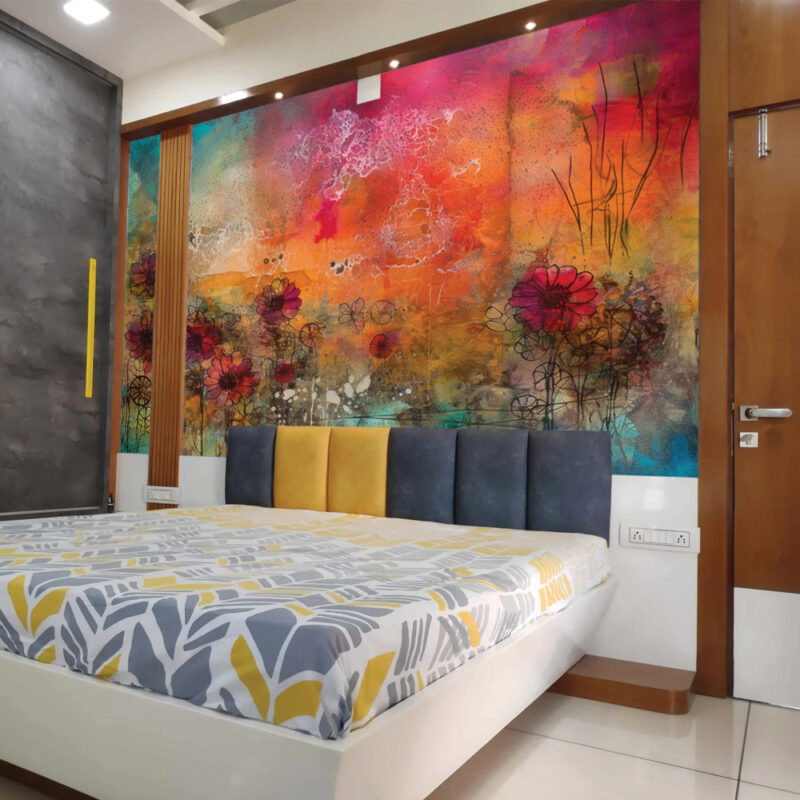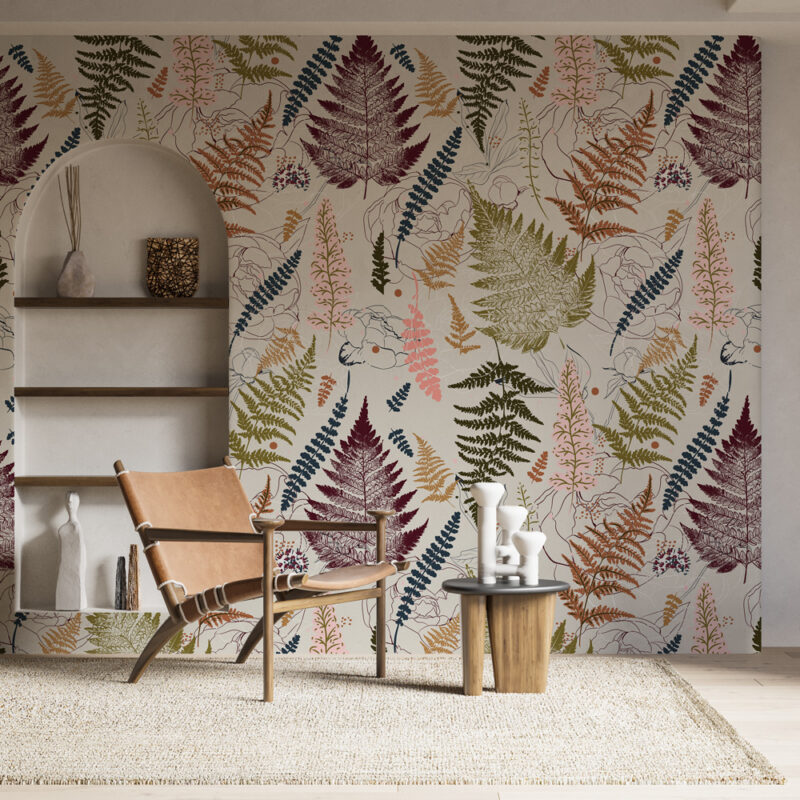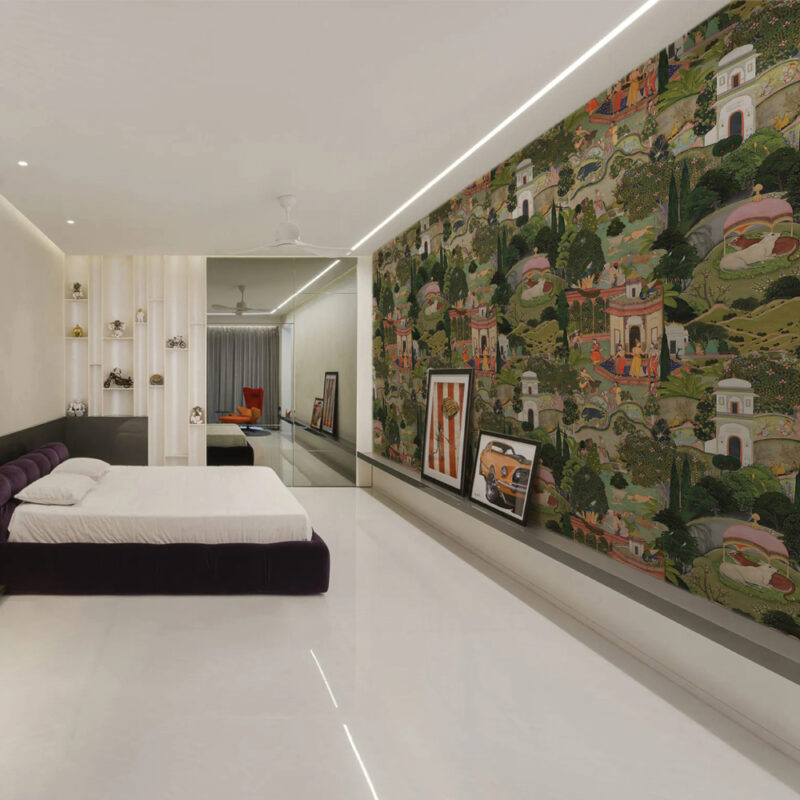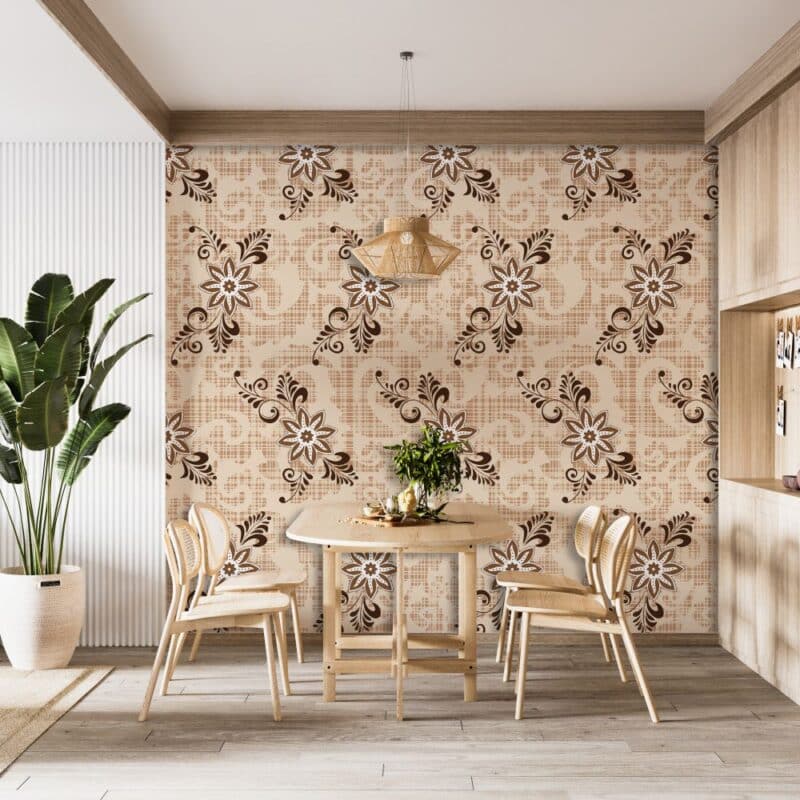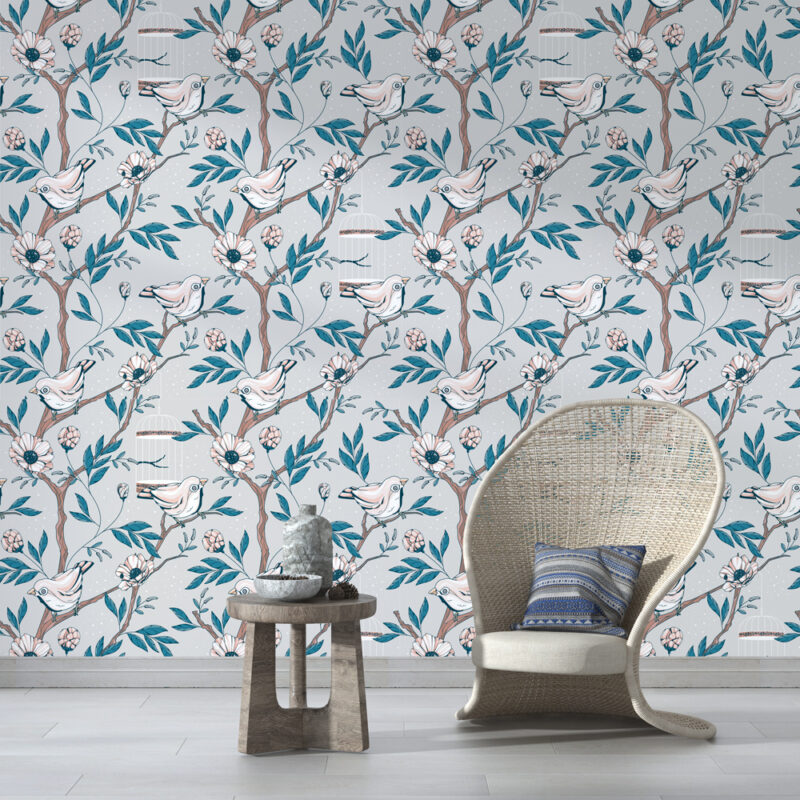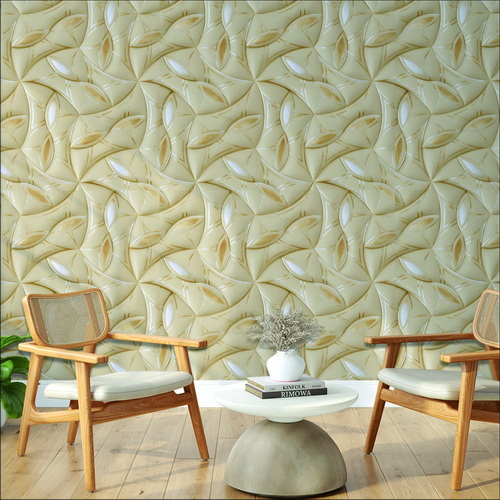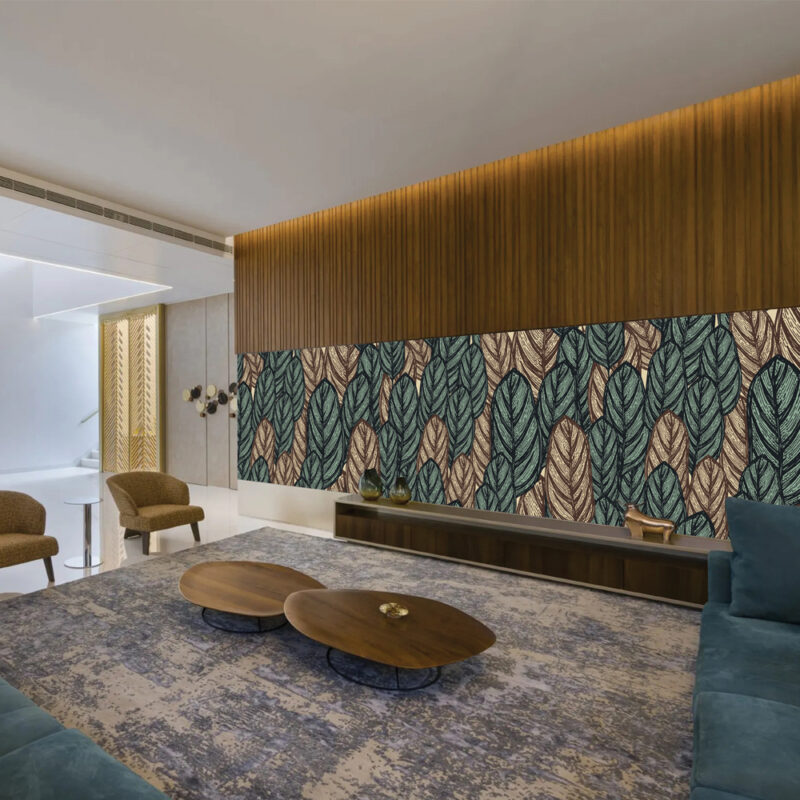Struggling to make the perfect choice for your wall? Whether you're moving into a new home or revamping your existing one, discovering the ideal solution to enhance your home decor can be quite a challenge. Amidst the plethora of options available, the debate often boils down to painting or opting for wallpaper.
For generations, both painting and wallpapering have been popular choices, known for their ease of application and appealing final results. Yet, subtle distinctions set these two contenders apart. With advancements in wallpaper printing technology, wallpapers now hold a distinct edge over paint, offering an extensive range of designs and proving to be more cost-effective over the long haul.
Understanding the Essence of Painting
Paint is a fluid mixture comprised of four key components: Solvents, Additives, Pigments, and Resins, each serving a specific purpose. Solvents facilitate the distribution and dissolution of various components within the coating and paint formulation. Additives prevent defects, improve durability, level the surface, and resist mildew. Pigments impart color, texture, and surface protection. Resins, or binders, decrease paint viscosity and enhance application.
Contrasting Water-Based and Oil-Based Paints
Paints can be classified into two main types: water-based (latex) and oil-based. Each type possesses distinct characteristics and attributes. Let's delve into the specifics of water-based painting.
Water-Based (Latex) Painting: Water-based paints offer convenience and rapid drying. They often come with low or no VOC options (Volatile Organic Compounds, which emit paint odors and may pose health risks upon prolonged exposure). These paints are easily cleaned with soap and water, exhibit flexibility, repel mildew and moisture, and resist yellowing and cracking.
Oil-Based Paint: Oil-based paints, containing Alkyd or Linseed oils, are prized for their toughness and affordability. Commonly used in moisture-prone areas like bathrooms and kitchens, oil-based paints provide a polished appearance, a glossy finish, and exceptional durability. They are favored for interior trim work and exhibit resistance to wear and tear.
The Realm of Wallpapers
Wallpapers stand as a celebrated facet of interior design, experiencing a surge in aesthetic popularity over the past decade. Wallpapers are vertical materials applied to walls, available in rolls with various sizes such as standard or customized options to fit wall dimensions.
Similar to paint, proper surface preparation is essential before applying wallpapers. Notably, wallpapers may not be suitable for all rooms, such as bathrooms. Various materials like paper-backed, vinyl, fabric, and non-woven wallpapers offer diverse levels of durability, ease of application, and maintenance. Vinyl-coated paper is a common choice for residential purposes due to its washable nature, allowing easy removal of spots and maintaining a fresh appearance.
Wallpapers extend beyond full wall coverage; border wallpapers add an elegant finishing touch to walls with existing wallpaper. Popular patterns include repeats and geometric designs, often used to create highlights on a single wall in master bedrooms or dining rooms. Customization is also an option, with websites like wallcastle allowing users to design, filter, and print personalized wallpapers.
Advantages of Wallpapers
Wallpapers excel in various aspects compared to paints:
1. Longevity: Wallpapers boast impressive durability, lasting up to 15 years with minimal maintenance.
2. Concealing Imperfections: Wallpapers effectively mask wall defects and damages, eliminating the need for costly renovations.
3. Diverse Finishes: Multiple finish options, including fabric, vinyl, non-woven, and paper, cater to diverse preferences.
4. Simple Application: Wallpaper application offers an uncomplicated way to achieve an elegant and modern appearance with relatively less preparation time.
5. Cost-Effectiveness: Wallpapers prove cost-effective over the long term, requiring less frequent replacement than paint.
Choosing Between Paint and Wallpaper
Ultimately, the decision hinges on your preferences and needs. Paint offers a temporary solution, while wallpapers provide enduring decorative designs. Consider factors such as maintenance, health considerations, application ease and design flexibility when making your choice.
In summary, selecting between paint and wallpaper entails a thoughtful assessment of various factors. Notably, wallpapers stand out for their extended lifespan and absence of harmful fumes, while paint offers its own advantages. Your interior layout and personal preferences will guide you towards the choice that best suits your space.



